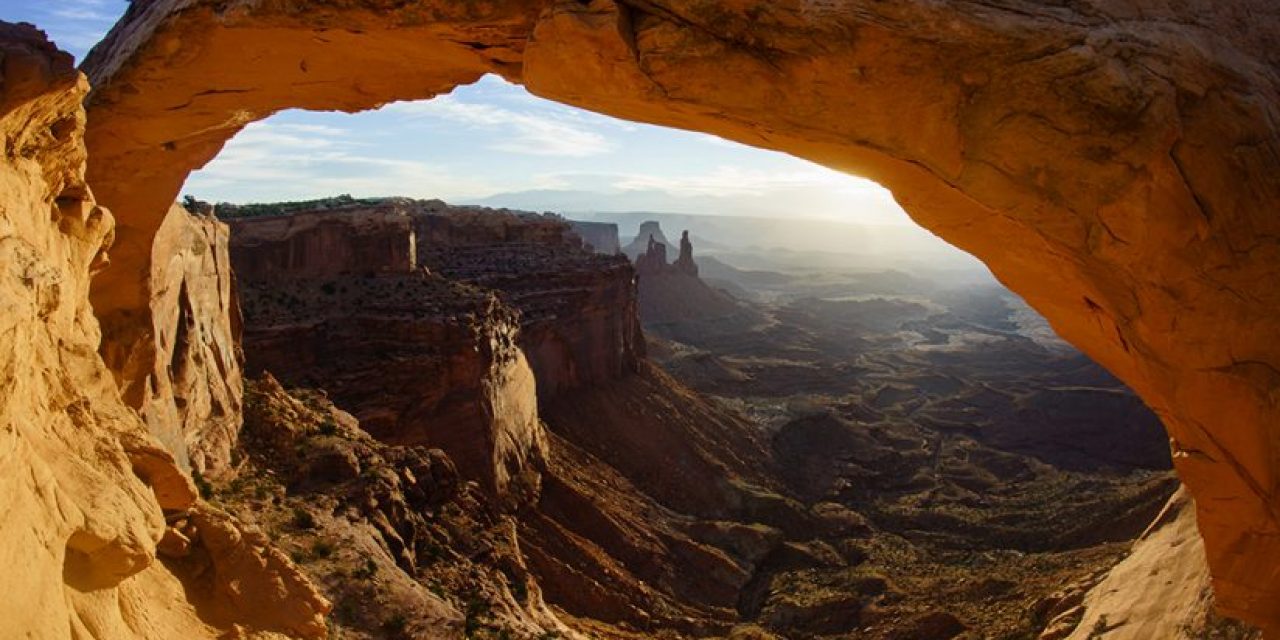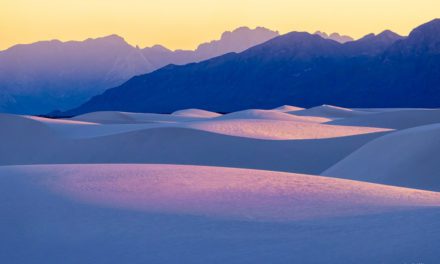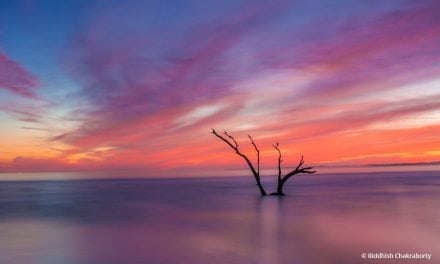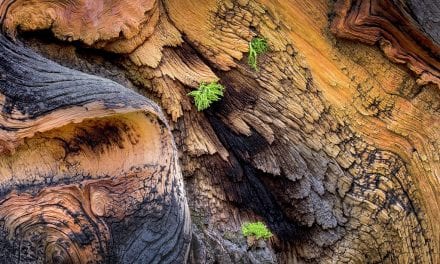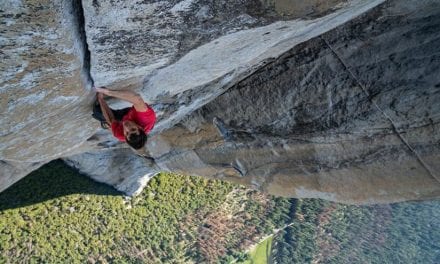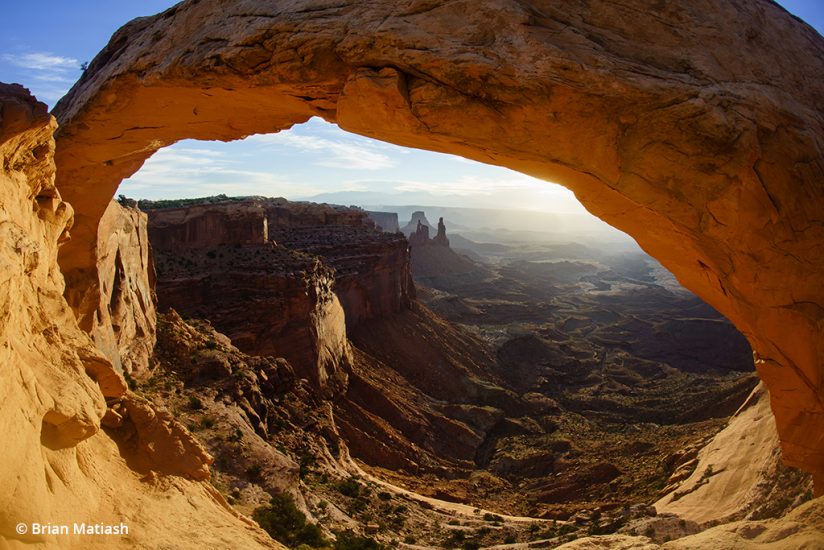
Next to the tilt/shift lens, I’d wager that the fisheye lens is the most underrated piece of glass, especially when it comes to landscape photography. Sure, it’s probably an unorthodox choice and one that falls pretty low on the list. As landscape photographers, we’ve been conditioned to grab our holy trinity of lenses—the 16-35mm, 24-70mm and 70-200mm (or 100-400mm)—and there is nothing wrong with that. They’re tried and true for a reason. However, one of the easiest ways to get bored or become fatigued with a particular location, especially if it’s one that you visit often, is to use the same lenses over and over. That’s where a novelty lens, like my beloved fisheye, can prove invaluable.
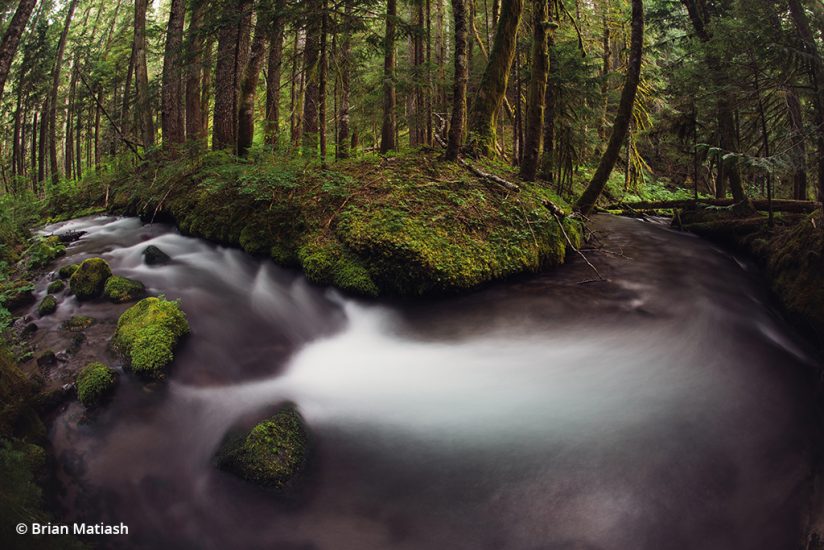
I know myself pretty well and the sad truth is that I have a very short attention span. I get bored of things rather easily and I’ve found that the onset of this boredom occurs more frequently when I use traditional lenses and focal lengths. Don’t get me wrong; I wholly appreciate the importance and standing of these landscape photography staples. It’s just that I also appreciate experimenting when it comes to beautiful nature scenes. I want to portray them to my viewers in ways that they may not have expected or imagined. There is a certain serendipity in that and it breeds inspiration.
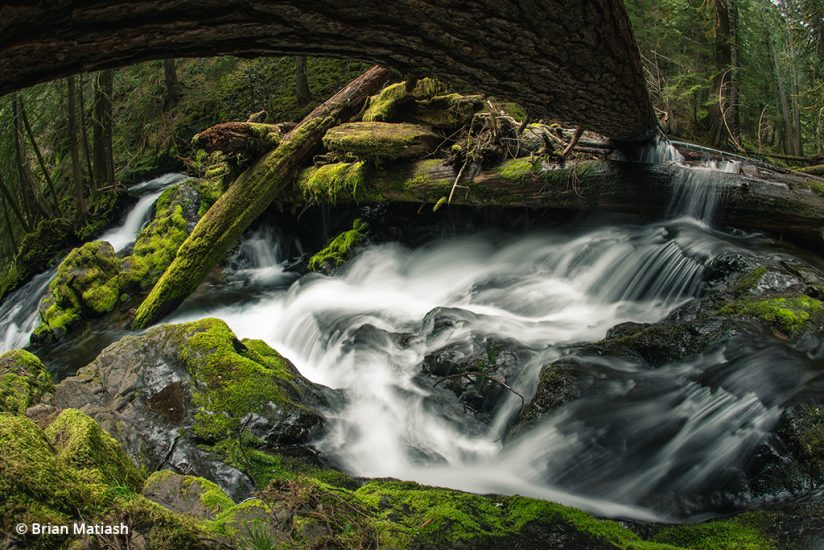
When it comes to using a fisheye lens, the one thing that you not only have to consider, but embrace, is the dramatic radial distortion that will be added to your compositions. I know, I know. Distortion is one of those byproducts that we go to great lengths to mitigate and remove.
However, radial distortion can add a truly amazing quality to a photo if you have the right elements. I tend to over-exaggerate those elements, such as a fallen tree trunk or a curvy stream, by filling the frame with them.
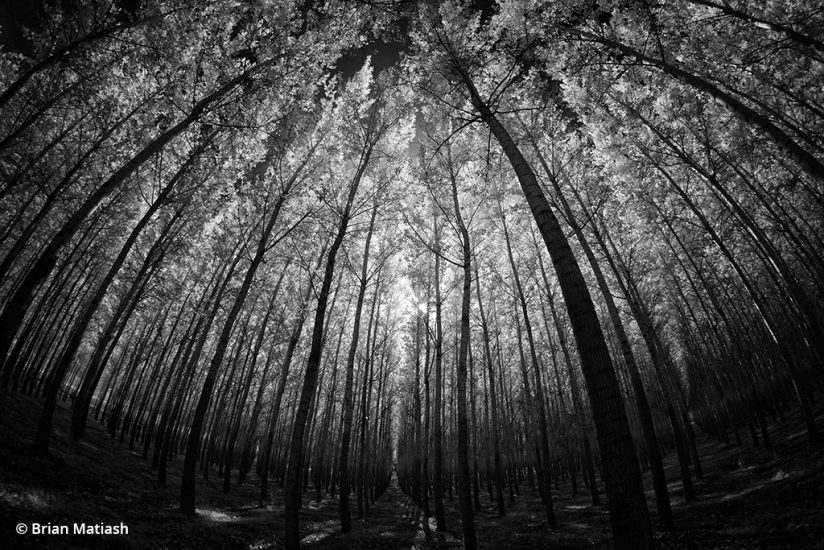
As you could imagine, this requires a bunch of experimentation and patience, but I’ve always found the results to be far worth the effort and I think you would, too.
See more of Brian Matiash’s work at matiash.com.
The post A Love Letter To My Fisheye Lens appeared first on Outdoor Photographer.

